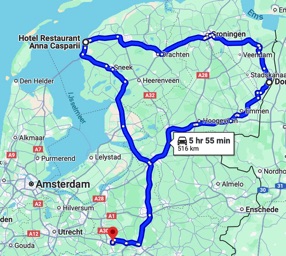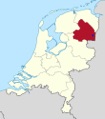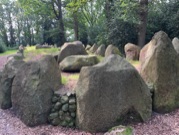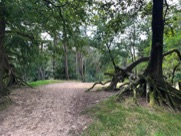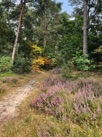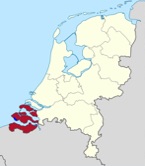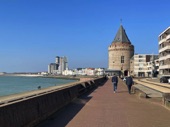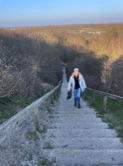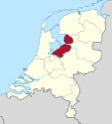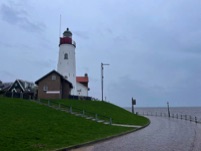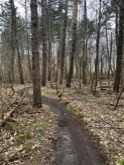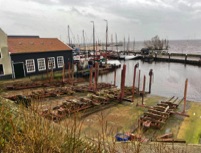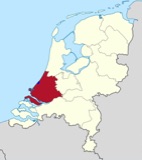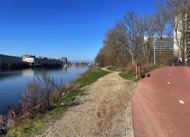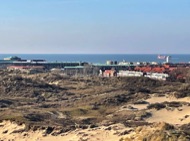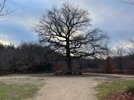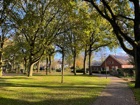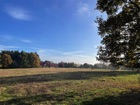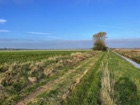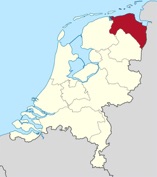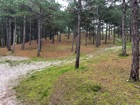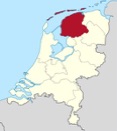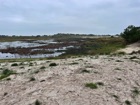For the walk I found a walk through the Emmerdennen that after small changes at the end took us over the Haantjeduin top.
During the walk we passed several ancient burial sites called Hunebedden, made with the large boulders left behind by the ice ages. The Hunebedden were built from 3400-3000 BC and are therefore the most ancient monuments in the Netherlands.
The Haantjeduin itself was a small hill in what was originally a sand drift but where planted forests had to prevent the drifting of sand to surrounding farmlands.
12 Tops in a low country
As the maximum hill in the Netherlands is 322 meters above sealevel the country is also called 'Low Lands'.
The country has 12 provinces and the authors of the hiking guide "12 toppen in een laag land" (anoda publishing - ISBN: 978-949189-94-85) have listed these highest tops in each provence with the shortest way up from the nearest public transportstation.
When I read about the guide I ordered it and took up the challenge to reach the top of all 12 of them without a fixed time schedule when to achieve this. It is not amazing that in the 4 provinces on the North Sea coast these tops are in the sand dunes that protect us against the sea!
As suggested in the guide I will search for (day) hikes around each hill where the track will include the route to these tops. I am planning these hikes with my sister in no specific order during our monthly culinairy walks around the country.
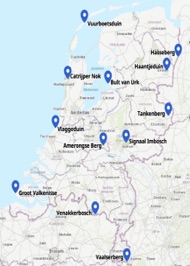
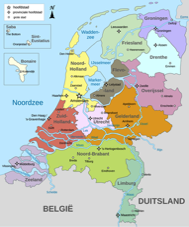
Groningen and Friesland provinces
Because the highest points of Groningen and Friesland are far away from us and also require a long travel time by public transport, my sister and I decide to do the walks on two consecutive days with an overnight stay halfway.
I first took the train to my sister in Ede. Then we drive together in her car to Groningen for the first walk, after which we drive on to Harlingen for an overnight stay.
The next day we take the boat from Harlingen to Vlieland, do our walk and go back by boat. From Harlingen we drive back to Ede at the end of the second day and I continue home by train.
